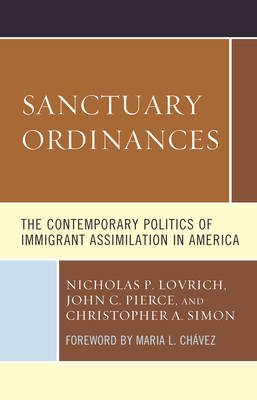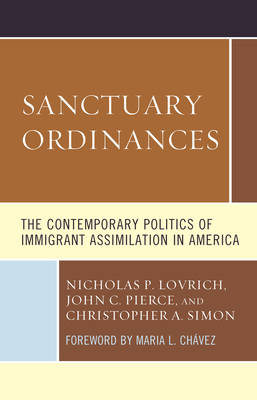
- Afhalen na 1 uur in een winkel met voorraad
- Gratis thuislevering in België vanaf € 30
- Ruim aanbod met 7 miljoen producten
- Afhalen na 1 uur in een winkel met voorraad
- Gratis thuislevering in België vanaf € 30
- Ruim aanbod met 7 miljoen producten
Zoeken
Sanctuary Ordinances
The Contemporary Politics of Immigrant Assimilation in America
Nicholas P Lovrich, John C Pierce, Christopher A Simon
Paperback | Engels
€ 70,45
+ 140 punten
Uitvoering
Omschrijving
This mixed methods study of local pro- and anti-sanctuary actions taken in response to Latino in-migration features data for 3,000+ counties, a national survey, and two case studies in Twin Falls, ID and Hazleton, PA. Historical origins and contemporary circumstances combine to account for why localities are either welcoming or exclusionary.
Specificaties
Betrokkenen
- Auteur(s):
- Uitgeverij:
Inhoud
- Aantal bladzijden:
- 356
- Taal:
- Engels
Eigenschappen
- Productcode (EAN):
- 9781498577946
- Verschijningsdatum:
- 18/08/2022
- Uitvoering:
- Paperback
- Formaat:
- Trade paperback (VS)
- Afmetingen:
- 152 mm x 229 mm
- Gewicht:
- 526 g

Alleen bij Standaard Boekhandel
+ 140 punten op je klantenkaart van Standaard Boekhandel
Beoordelingen
We publiceren alleen reviews die voldoen aan de voorwaarden voor reviews. Bekijk onze voorwaarden voor reviews.








